Home>Gardening & Outdoor>Pool & Spa Care>How Much Bleach In A Hot Tub
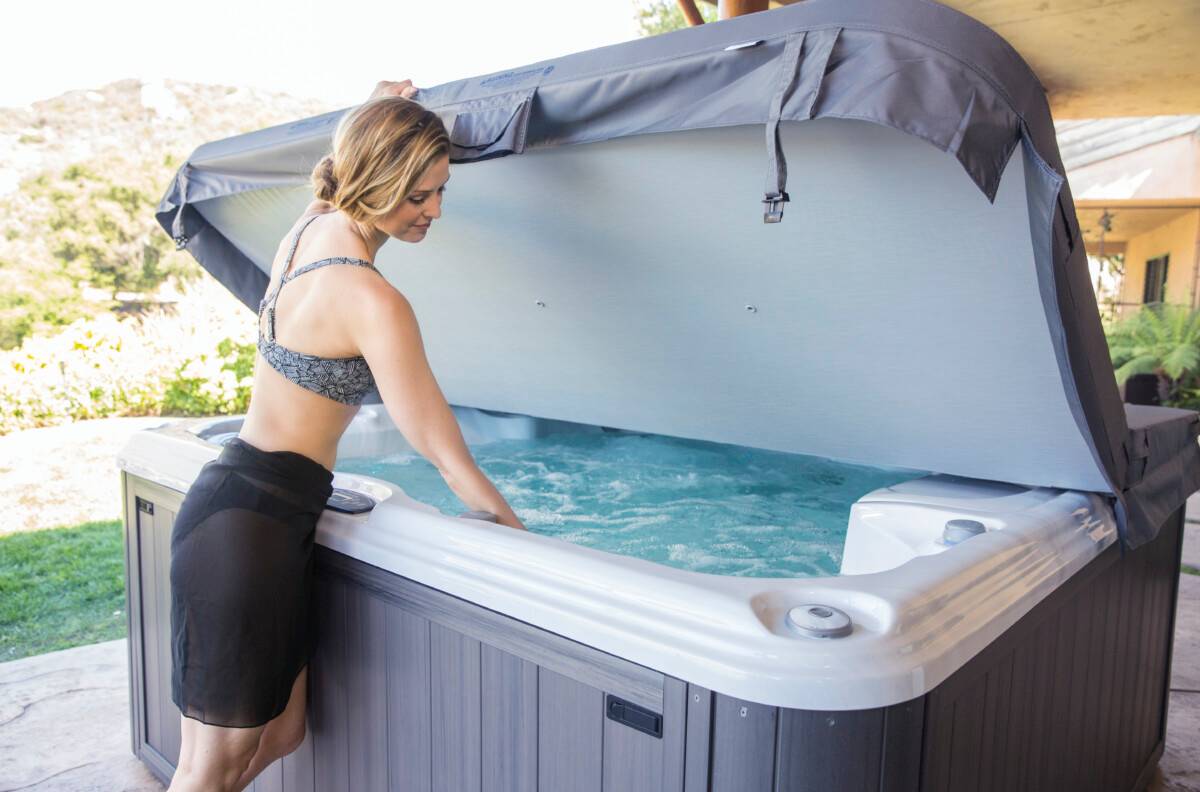

Pool & Spa Care
How Much Bleach In A Hot Tub
Modified: February 25, 2024
Learn the correct amount of bleach to use in your hot tub for effective pool and spa care. Discover the best practices for maintaining a clean and safe hot tub.
(Many of the links in this article redirect to a specific reviewed product. Your purchase of these products through affiliate links helps to generate commission for Storables.com, at no extra cost. Learn more)
Introduction
Owning a hot tub is a luxurious and enjoyable experience, providing a soothing retreat from the hustle and bustle of everyday life. However, to keep your hot tub water clean, clear, and safe for soaking, it's crucial to maintain the proper chemical balance. One essential component of hot tub maintenance is the use of bleach, which plays a vital role in sanitizing the water and keeping it free from harmful bacteria and contaminants.
In this comprehensive guide, we will delve into the world of hot tub care, focusing specifically on the use of bleach as a sanitizing agent. You'll gain a deeper understanding of how bleach functions in hot tub water maintenance, learn the optimal amount of bleach to use, and discover the best practices for adding bleach to your hot tub. Additionally, we'll explore the potential risks associated with overusing bleach, empowering you to make informed decisions about maintaining your hot tub's water quality.
Whether you're a seasoned hot tub owner or considering investing in this delightful amenity, this article will equip you with the knowledge and confidence to effectively manage the chemical balance of your hot tub water. Let's embark on this enlightening journey to uncover the secrets of using bleach in hot tub maintenance!
Key Takeaways:
- Proper bleach usage in hot tubs is crucial for sanitizing water and preventing bacteria growth. It’s important to calculate the right amount based on tub size and usage to avoid skin irritation and equipment damage.
- Adding bleach to a hot tub should be done carefully, considering factors like time of day and even distribution. Overusing bleach can lead to skin and eye irritation, chemical odors, and potential harm to the environment.
Read more: How Much Bleach To Shock A Hot Tub
Understanding the Role of Bleach in Hot Tubs
When it comes to hot tub maintenance, ensuring that the water remains clean and safe for use is paramount. Bleach, a common household disinfectant, serves as a powerful ally in achieving this goal. In hot tub care, bleach plays a crucial role in sanitizing the water by eliminating bacteria, viruses, and other harmful microorganisms that can thrive in warm, moist environments.
Chlorine bleach, which typically contains sodium hypochlorite as its active ingredient, is effective in destroying a wide range of pathogens, making it an ideal choice for hot tub sanitation. When added to the water, bleach undergoes a chemical reaction that releases free chlorine, a potent sanitizing agent. This free chlorine works by oxidizing and breaking down organic matter, such as body oils, sweat, and other contaminants introduced by bathers, thereby preventing the formation of harmful biofilms and maintaining water clarity.
Moreover, bleach helps to control algae growth, which can quickly turn a pristine hot tub into a green, slimy mess. By disrupting the photosynthesis process of algae, chlorine bleach inhibits its proliferation, keeping the water crystal clear and inviting.
It’s important to note that while bleach is a highly effective sanitizer, maintaining the appropriate chlorine levels in your hot tub is essential. Too little chlorine can lead to inadequate sanitization, allowing bacteria to thrive, while excessive chlorine levels can cause skin and eye irritation for bathers. Striking the right balance is key to reaping the benefits of bleach without compromising the comfort and safety of your hot tub.
By understanding the pivotal role of bleach in hot tub maintenance, you can appreciate its significance in preserving water quality and creating a hygienic environment for relaxation and rejuvenation. In the next section, we will explore how to determine the proper amount of bleach to use in your hot tub, ensuring effective sanitization without the drawbacks of overchlorination.
Determining the Proper Amount of Bleach for Your Hot Tub
Calculating the appropriate amount of bleach to add to your hot tub is a critical aspect of water maintenance. The ideal chlorine level in a hot tub typically falls within the range of 3 to 5 parts per million (ppm), which is necessary to effectively sanitize the water without causing irritation to bathers. To achieve and maintain this optimal chlorine concentration, it’s essential to consider several factors that can influence the dosage of bleach required.
First and foremost, the size of your hot tub dictates the amount of bleach needed to achieve the desired chlorine level. Larger hot tubs naturally require more bleach to adequately sanitize the greater volume of water. As a general rule, for every 100 gallons of water, approximately 1 teaspoon of bleach is added to increase the chlorine level by 5 ppm. However, it’s crucial to refer to the specific guidelines provided by your hot tub manufacturer and utilize a reliable water testing kit to accurately determine the chlorine concentration and adjust the bleach dosage accordingly.
Furthermore, environmental factors and hot tub usage patterns can impact the chlorine demand. For instance, frequent hot tub usage, particularly by multiple bathers, can introduce organic contaminants that necessitate higher chlorine levels for effective sanitation. Additionally, exposure to sunlight and temperature fluctuations can cause chlorine to degrade more rapidly, requiring more frequent monitoring and adjustment of chlorine levels.
It’s important to approach bleach dosage with precision and caution, as both underdosing and overdosing can lead to undesirable consequences. Insufficient chlorine levels may result in inadequate sanitization, potentially leading to the proliferation of bacteria and algae, as well as cloudy water. Conversely, excessive chlorine can cause skin and eye irritation, unpleasant chemical odors, and accelerated degradation of hot tub components.
By understanding the unique requirements of your hot tub and diligently monitoring chlorine levels, you can determine the proper amount of bleach to maintain the water’s cleanliness and safety. In the following section, we will explore the best practices for adding bleach to your hot tub, ensuring efficient distribution and effective sanitization.
Always follow the manufacturer’s guidelines for adding bleach to your hot tub. Typically, you’ll use 1/2 to 1 teaspoon of bleach per 100 gallons of water to maintain proper sanitation. Test the water regularly to ensure the chlorine levels are within the recommended range.
Best Practices for Adding Bleach to Your Hot Tub
Adding bleach to your hot tub in a systematic and careful manner is essential to ensure thorough distribution and effective sanitization. By following best practices, you can maintain water clarity and quality while safeguarding the comfort and safety of those who enjoy your hot tub.
Before adding bleach, it’s crucial to test the current chlorine level in the hot tub water using a reliable testing kit. This initial assessment provides a baseline from which to determine the appropriate dosage of bleach needed to achieve the desired chlorine concentration. Most hot tub testing kits measure the chlorine level in parts per million (ppm), allowing you to make precise adjustments to the water chemistry.
When adding bleach to your hot tub, it’s advisable to do so in the evening or at night to minimize the degradation of chlorine due to sunlight. Direct sunlight can cause chlorine to dissipate more rapidly, reducing its effectiveness in sanitizing the water. By adding bleach during the evening hours, you can optimize its impact and longevity, ensuring sustained sanitation benefits.
Furthermore, it’s essential to disperse the bleach evenly throughout the hot tub water to prevent localized high chlorine concentrations, which can lead to skin and eye irritation. To achieve uniform distribution, pour the appropriate amount of bleach directly into the water while the hot tub’s circulation system is running. This facilitates the thorough mixing of the bleach, allowing it to reach all areas of the hot tub and effectively sanitize the entire volume of water.
After adding bleach, it’s recommended to allow the hot tub’s circulation system to run for at least 15-30 minutes to ensure proper mixing and distribution of the chlorine. This circulation period helps to homogenize the water, enabling the bleach to reach all corners of the hot tub and interact with any organic contaminants present, thereby enhancing the overall sanitization process.
Regular monitoring of the chlorine level following the addition of bleach is crucial to confirm that the desired concentration has been achieved. If necessary, further adjustments can be made to maintain the optimal chlorine level within the recommended range, thereby upholding the water’s cleanliness and safety for hot tub users.
By adhering to these best practices for adding bleach to your hot tub, you can optimize the effectiveness of chlorine as a sanitizer, ensuring a hygienic and enjoyable soaking experience for you and your guests. In the subsequent section, we will delve into the potential risks associated with using too much bleach in a hot tub, highlighting the importance of careful dosage and monitoring.
Potential Risks of Using Too Much Bleach in a Hot Tub
While bleach is a valuable tool for maintaining hot tub water quality, the overuse or misuse of this powerful sanitizer can pose potential risks to both the hot tub and its users. Understanding these risks is crucial for ensuring a safe and enjoyable hot tub experience while leveraging the benefits of bleach effectively.
One of the primary risks associated with excessive bleach usage is the potential for skin and eye irritation among hot tub users. High chlorine concentrations can cause skin dryness, redness, and itchiness, particularly for individuals with sensitive skin. Additionally, prolonged exposure to elevated chlorine levels can lead to eye irritation and discomfort, detracting from the relaxation and enjoyment of the hot tub experience.
Moreover, overdosing the hot tub with bleach can result in an unpleasant chemical odor emanating from the water. This odor, often described as “chlorine smell,” is indicative of excessive chlorine levels and can be off-putting to hot tub users, diminishing the overall ambiance and comfort of the soaking environment.
Excessive chlorine can also have detrimental effects on hot tub components and infrastructure. Over time, high chlorine concentrations may accelerate the degradation of certain materials, such as rubber seals, gaskets, and plastic fittings, leading to premature wear and potential damage to the hot tub’s equipment and plumbing. Additionally, prolonged exposure to elevated chlorine levels can cause discoloration or fading of hot tub surfaces and accessories, compromising their aesthetic appeal.
Furthermore, the presence of excessive chlorine in hot tub water can pose a risk to the environment when the water is drained. Chlorine, if not properly diluted or neutralized, can have adverse effects on plants and aquatic life when discharged into natural bodies of water, necessitating responsible water management practices to mitigate environmental impact.
To mitigate these risks, it’s essential to maintain diligent oversight of the chlorine levels in your hot tub, ensuring that they remain within the recommended range. Regular testing and careful dosage of bleach are crucial for preventing the aforementioned issues and preserving a harmonious and safe hot tub environment for all users.
By being mindful of the potential risks associated with using too much bleach in a hot tub, you can strike a balance between effective sanitization and the well-being of hot tub users and the surrounding environment. In the concluding section, we will summarize the key insights and considerations related to the use of bleach in hot tub maintenance, empowering you to maintain a pristine and inviting hot tub oasis.
Read more: How Much Gravel For Hot Tub Base
Conclusion
As we conclude our exploration of the role of bleach in hot tub maintenance, it’s evident that bleach serves as a vital tool for ensuring the cleanliness, clarity, and safety of hot tub water. By comprehending the significance of bleach as a sanitizer and mastering the art of determining the proper dosage, hot tub owners can maintain an inviting and hygienic soaking environment for themselves and their guests.
Understanding the unique requirements of your hot tub, including its size, usage patterns, and environmental factors, is essential for accurately determining the appropriate amount of bleach needed to achieve and maintain the optimal chlorine level. By adhering to best practices for adding bleach, such as testing the water, adding bleach during the evening, and ensuring thorough mixing, hot tub owners can maximize the effectiveness of bleach as a sanitizer while minimizing potential risks.
Moreover, recognizing the potential risks associated with overusing bleach underscores the importance of diligent monitoring and responsible chemical management. By avoiding excessive chlorine levels, hot tub owners can mitigate the risk of skin and eye irritation, prevent damage to hot tub components, and uphold environmental stewardship by minimizing chlorine discharge into natural water bodies.
Ultimately, the judicious use of bleach in hot tub maintenance is a balancing act, requiring attentiveness, precision, and a commitment to creating a safe and enjoyable soaking experience. By integrating the insights and best practices shared in this guide, hot tub owners can confidently navigate the realm of bleach usage, ensuring that their hot tub remains a pristine and rejuvenating oasis for relaxation and leisure.
Armed with a deeper understanding of bleach’s role in hot tub care, you are poised to embark on your hot tub maintenance journey with confidence and expertise. May your hot tub continue to provide countless moments of relaxation, rejuvenation, and blissful indulgence for years to come.
Frequently Asked Questions about How Much Bleach In A Hot Tub
Was this page helpful?
At Storables.com, we guarantee accurate and reliable information. Our content, validated by Expert Board Contributors, is crafted following stringent Editorial Policies. We're committed to providing you with well-researched, expert-backed insights for all your informational needs.
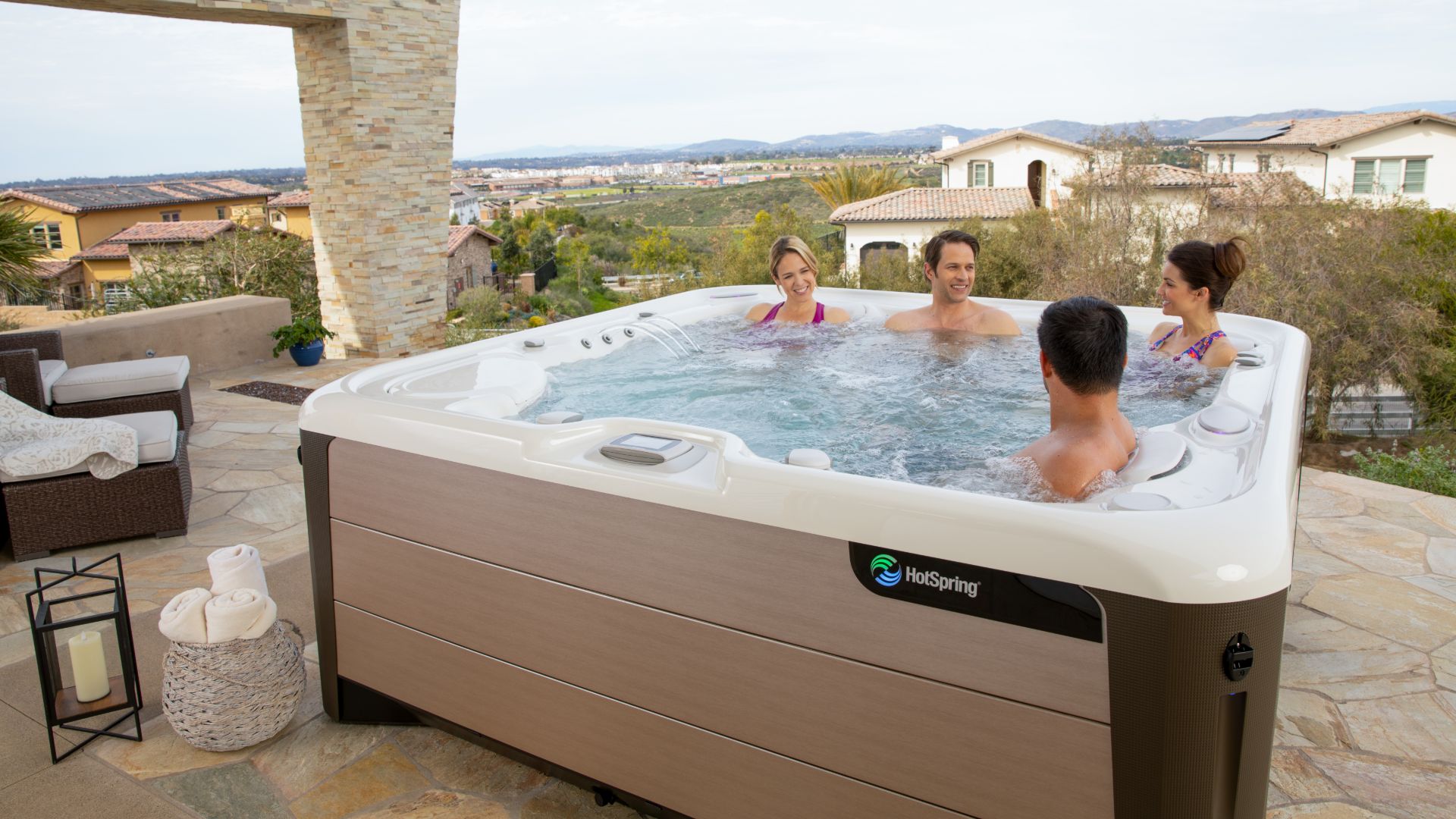
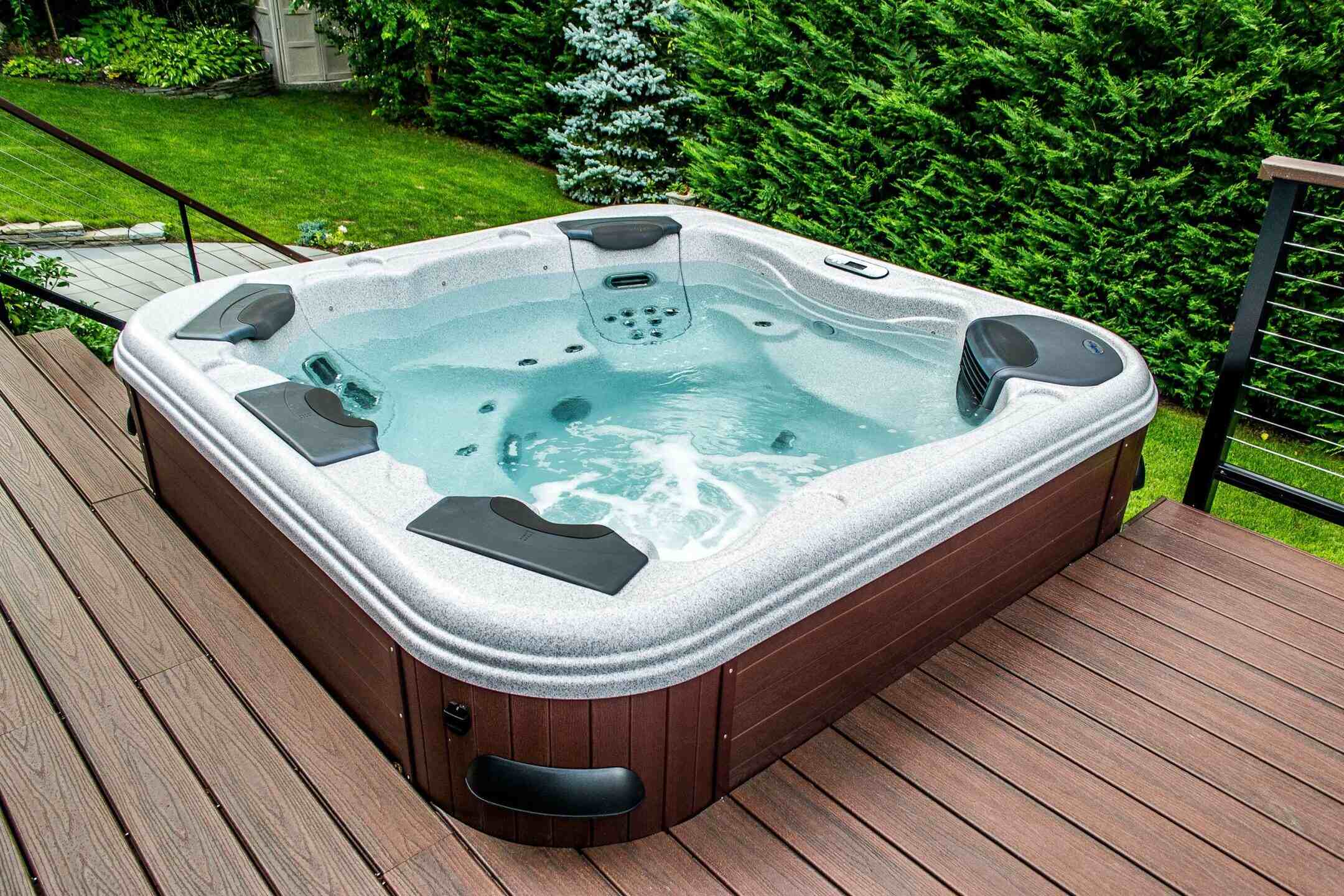
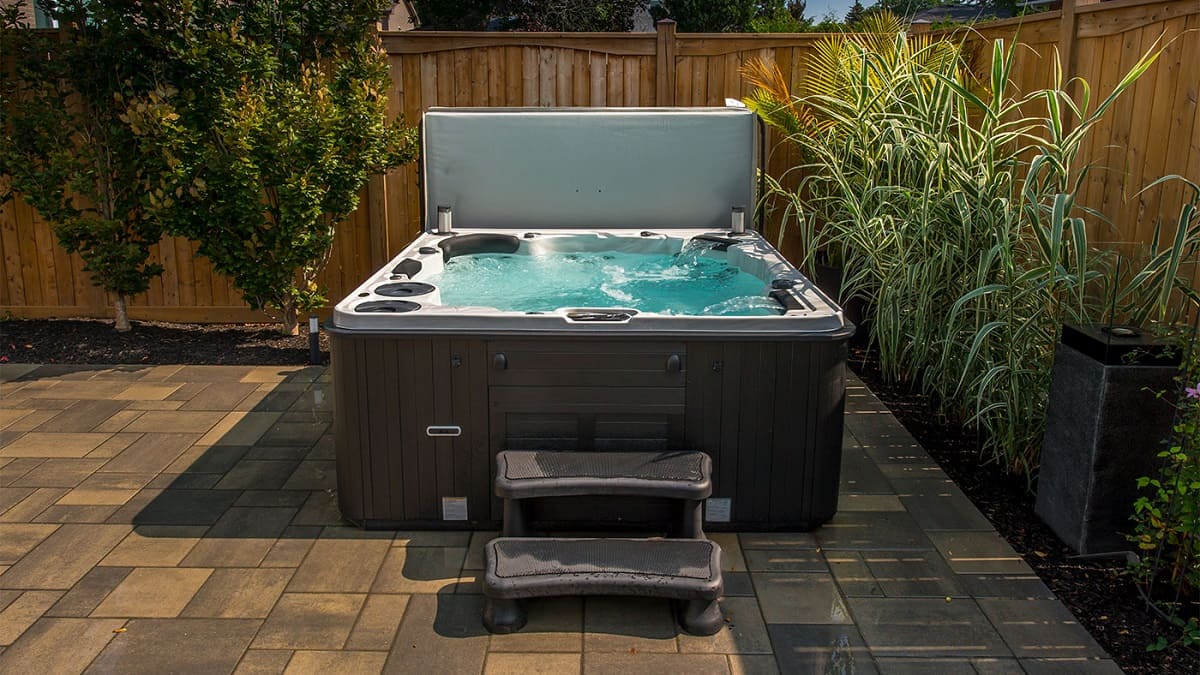
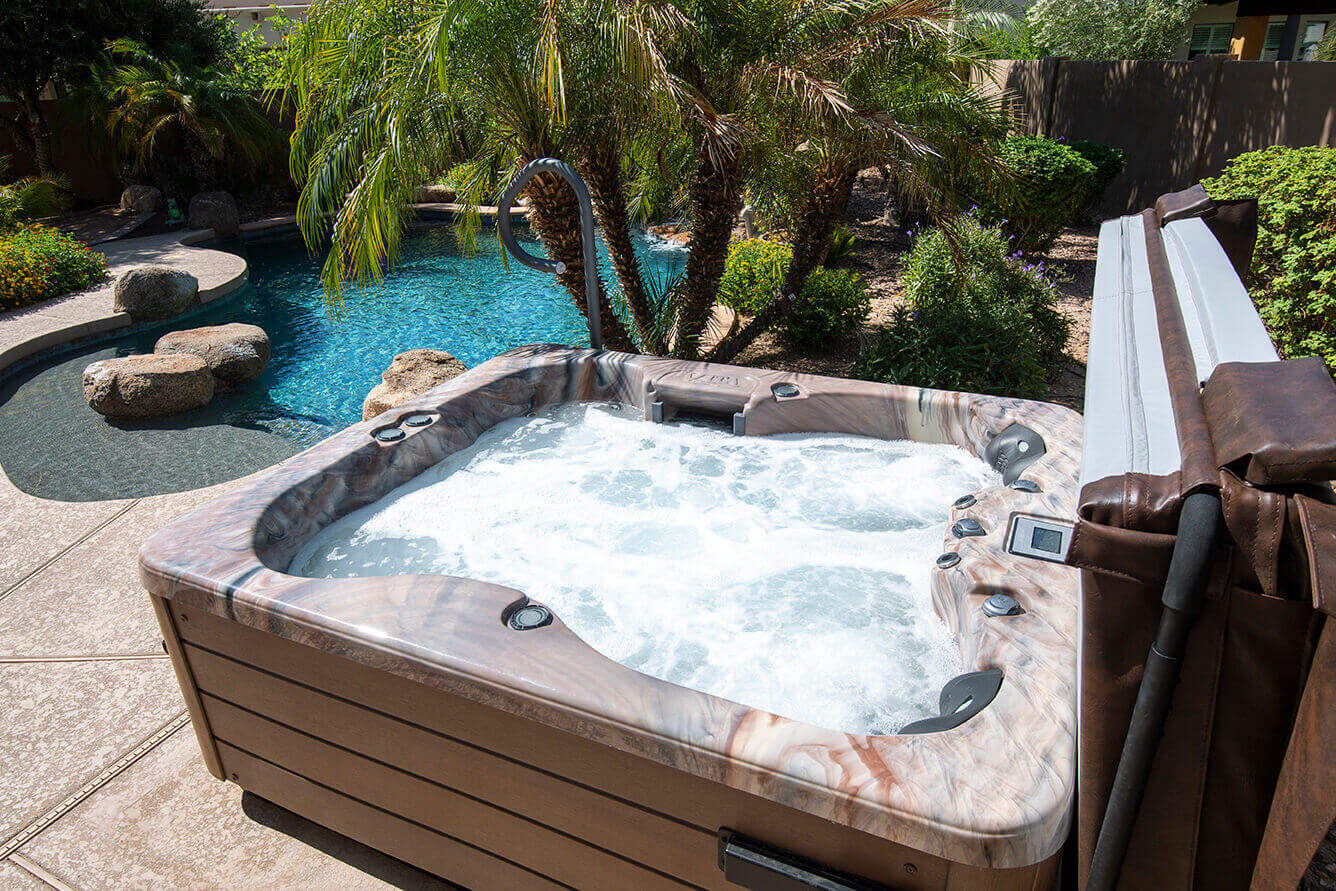
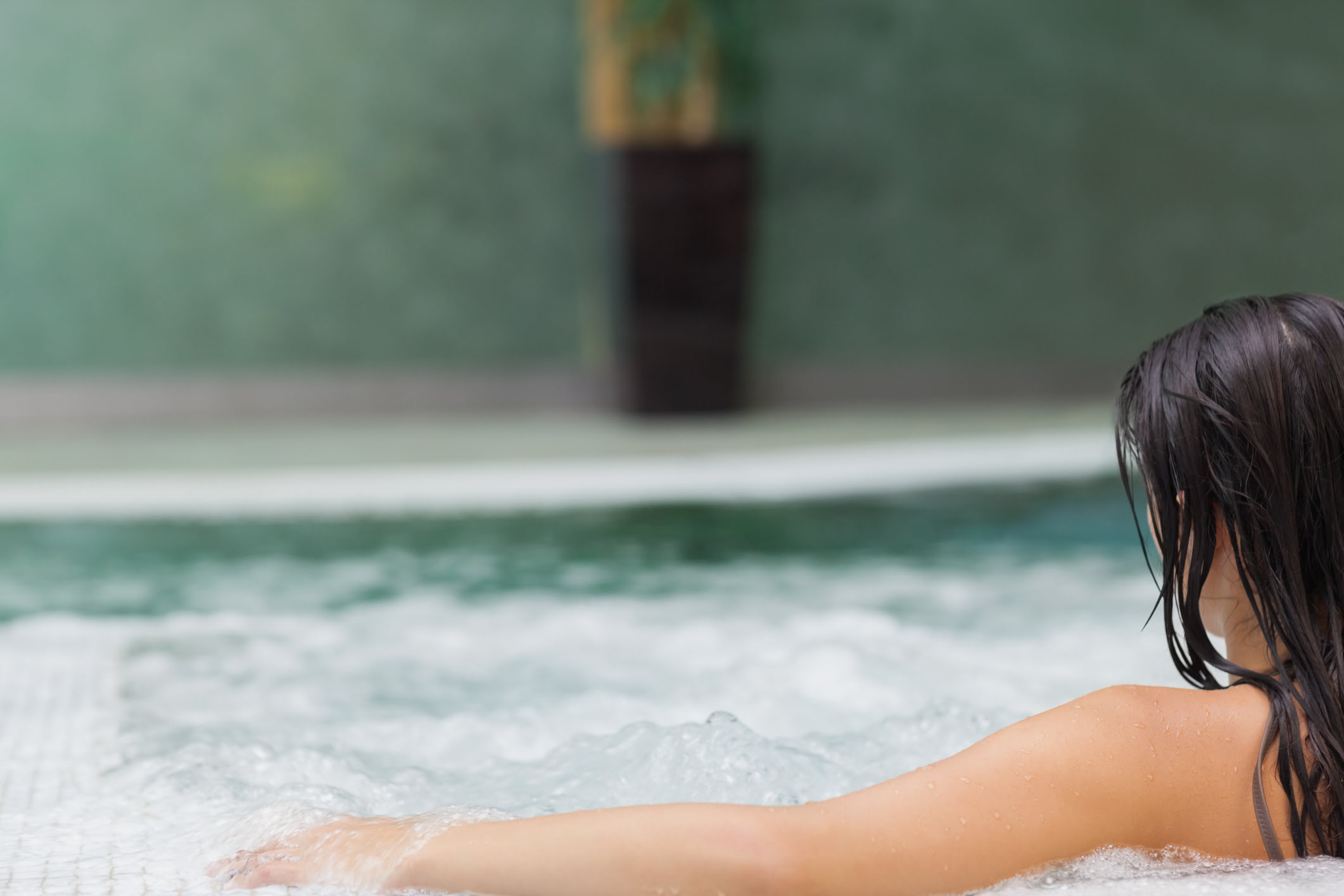
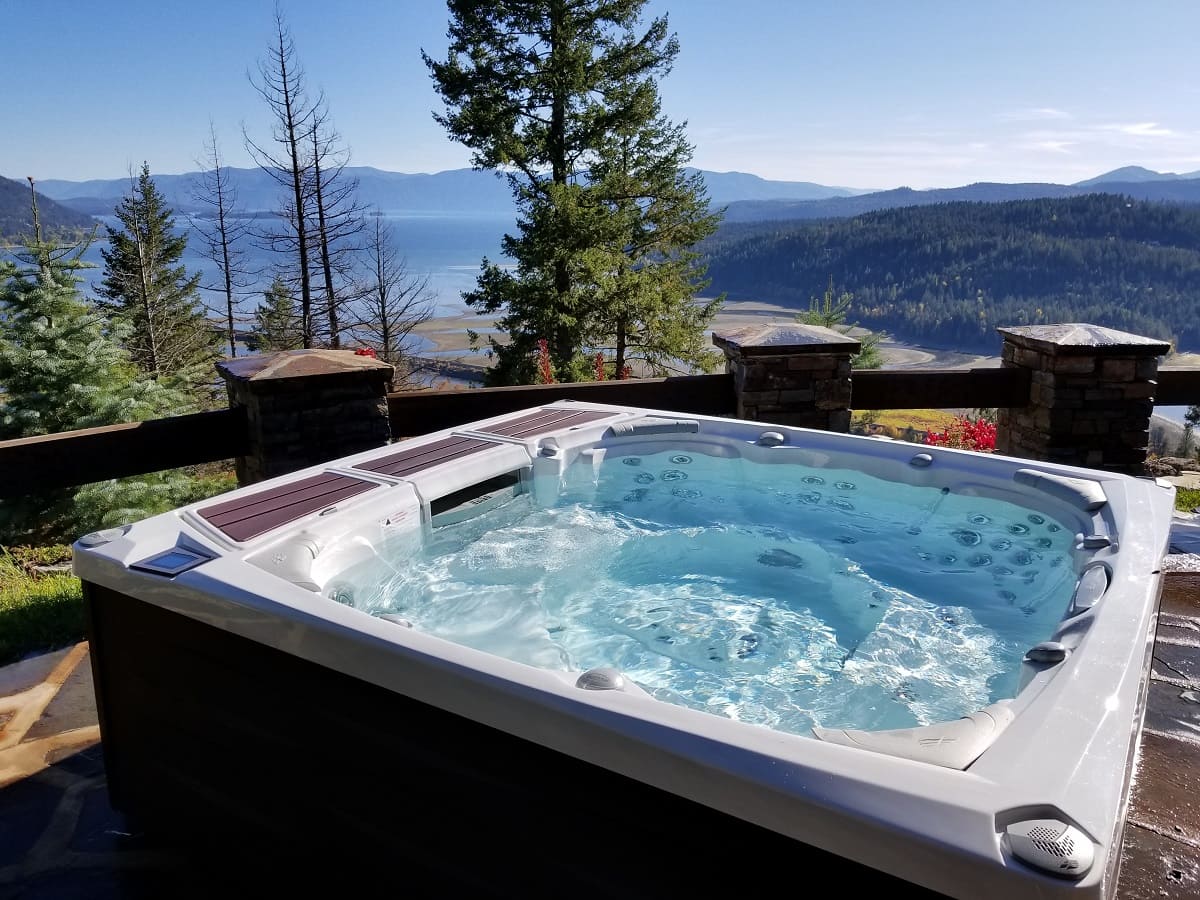
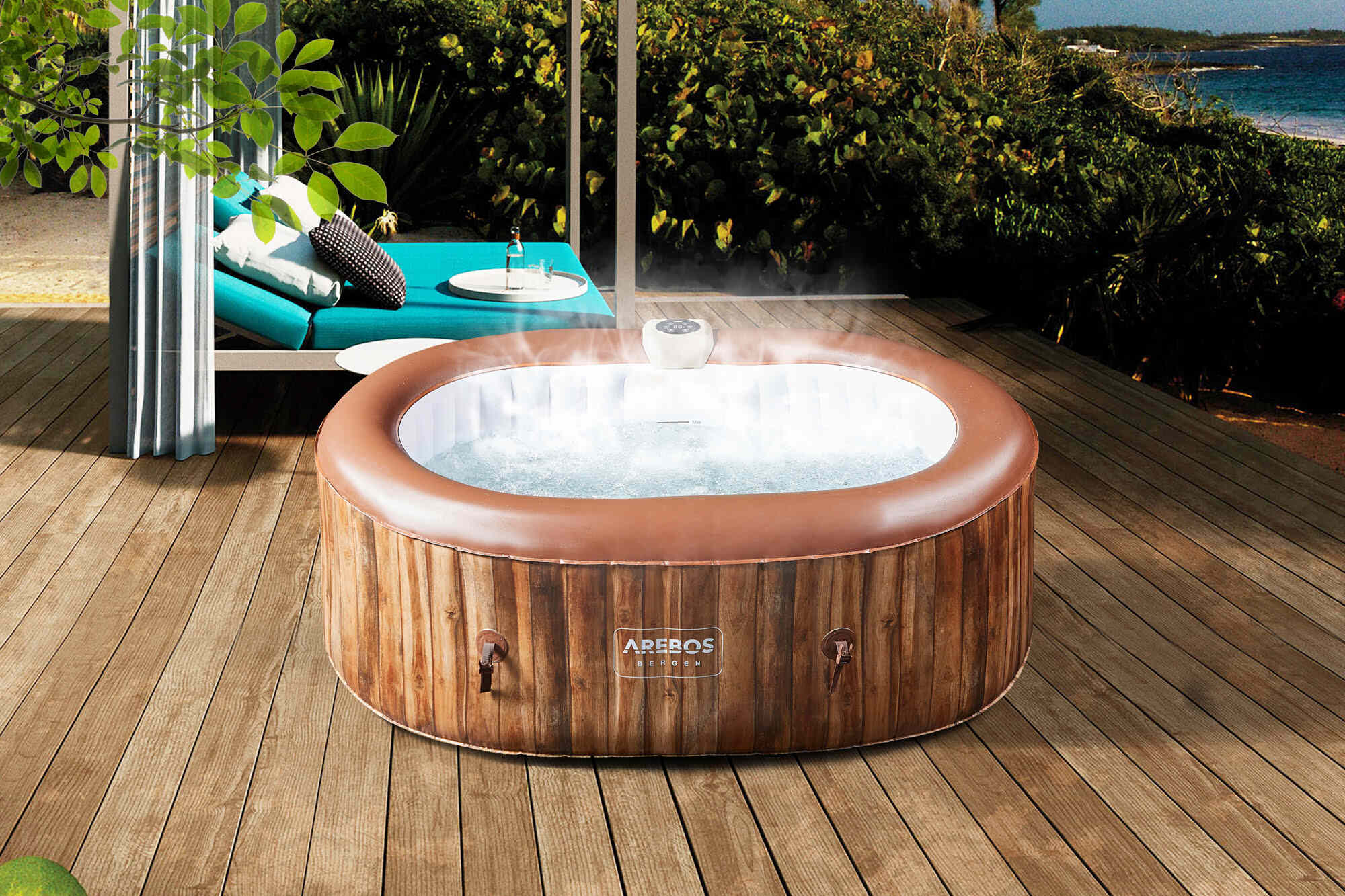
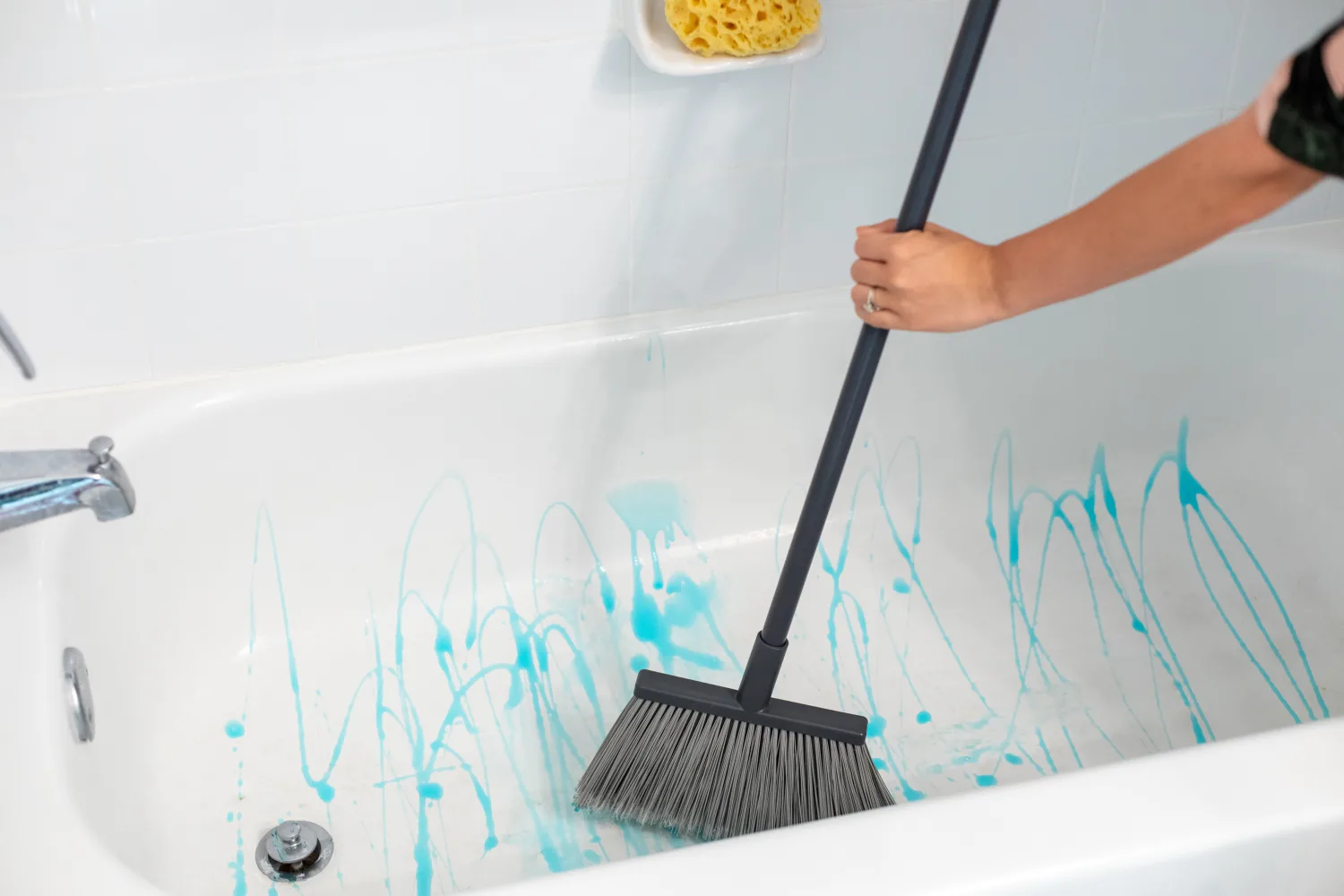
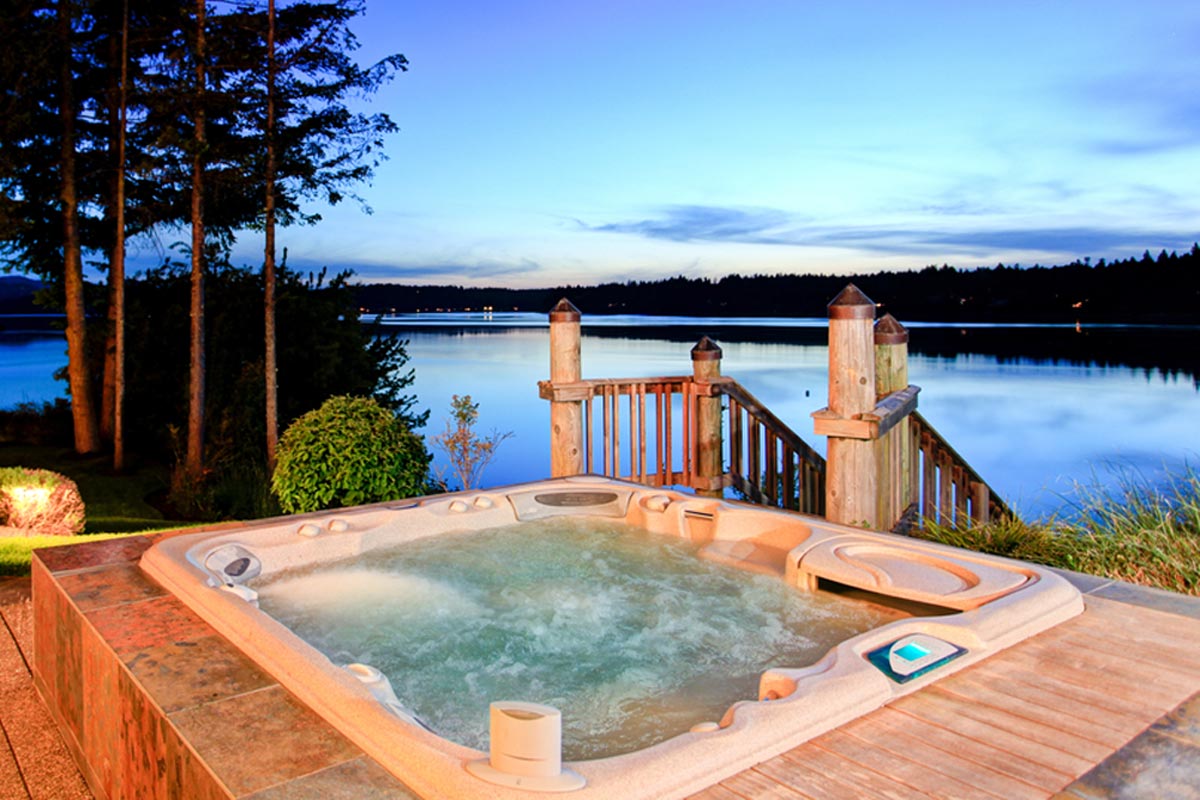
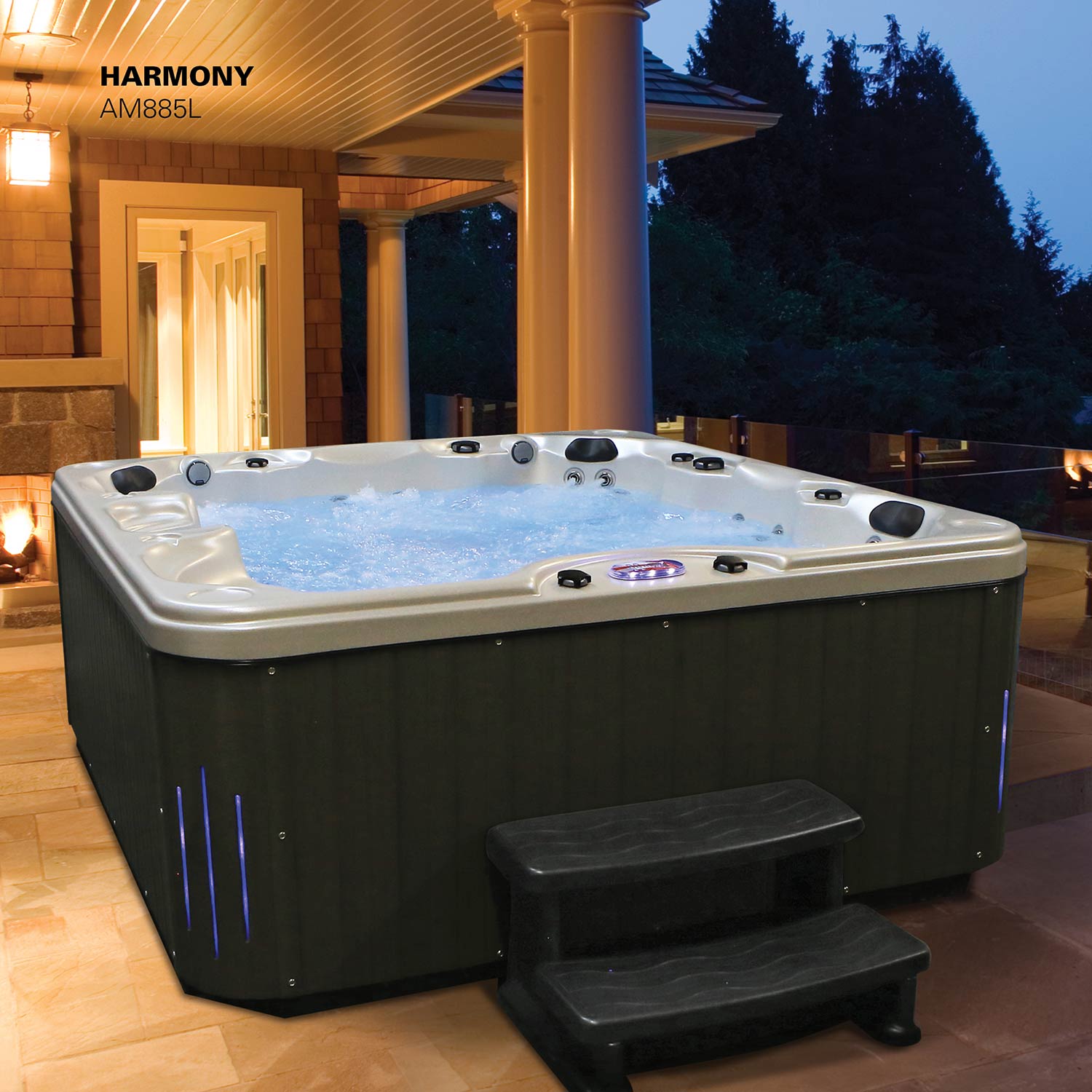
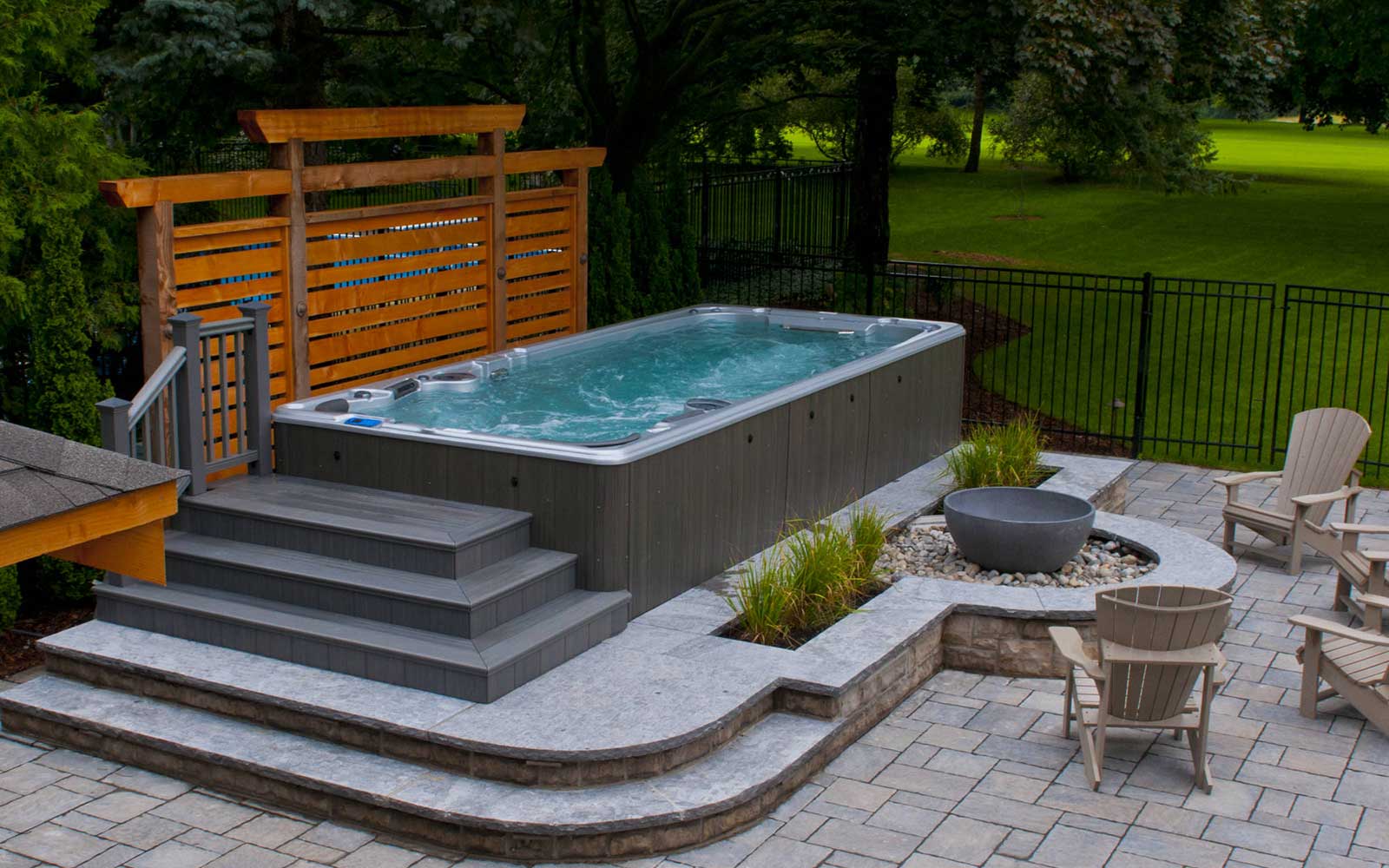
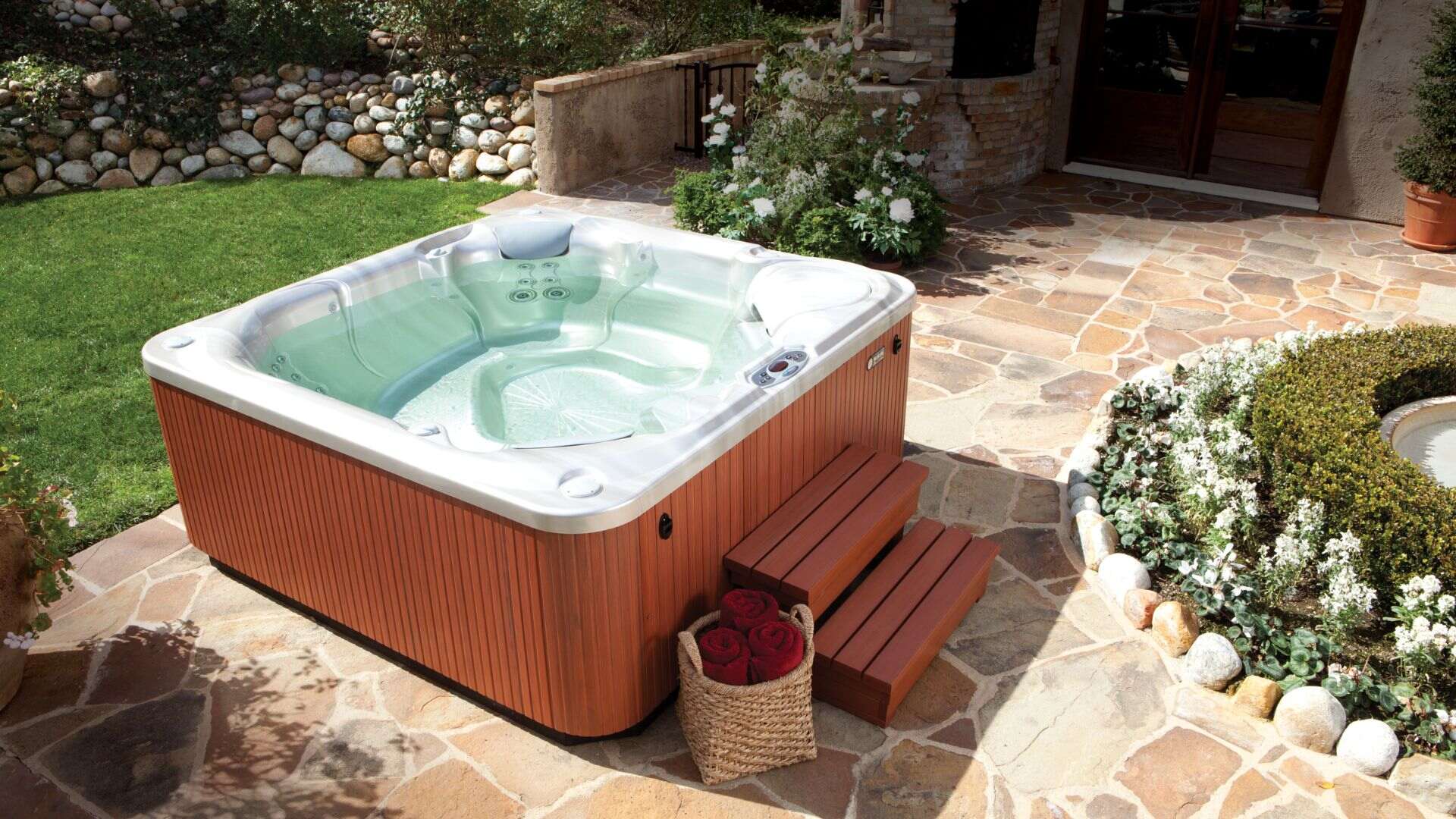
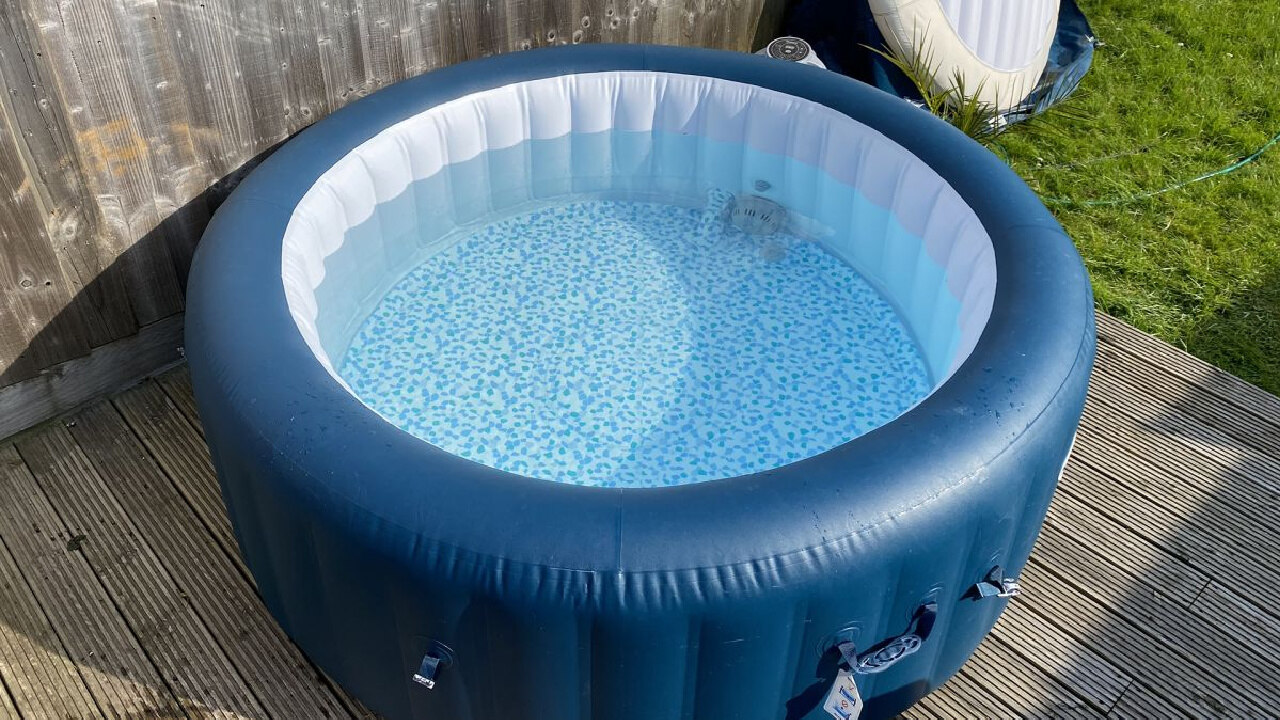
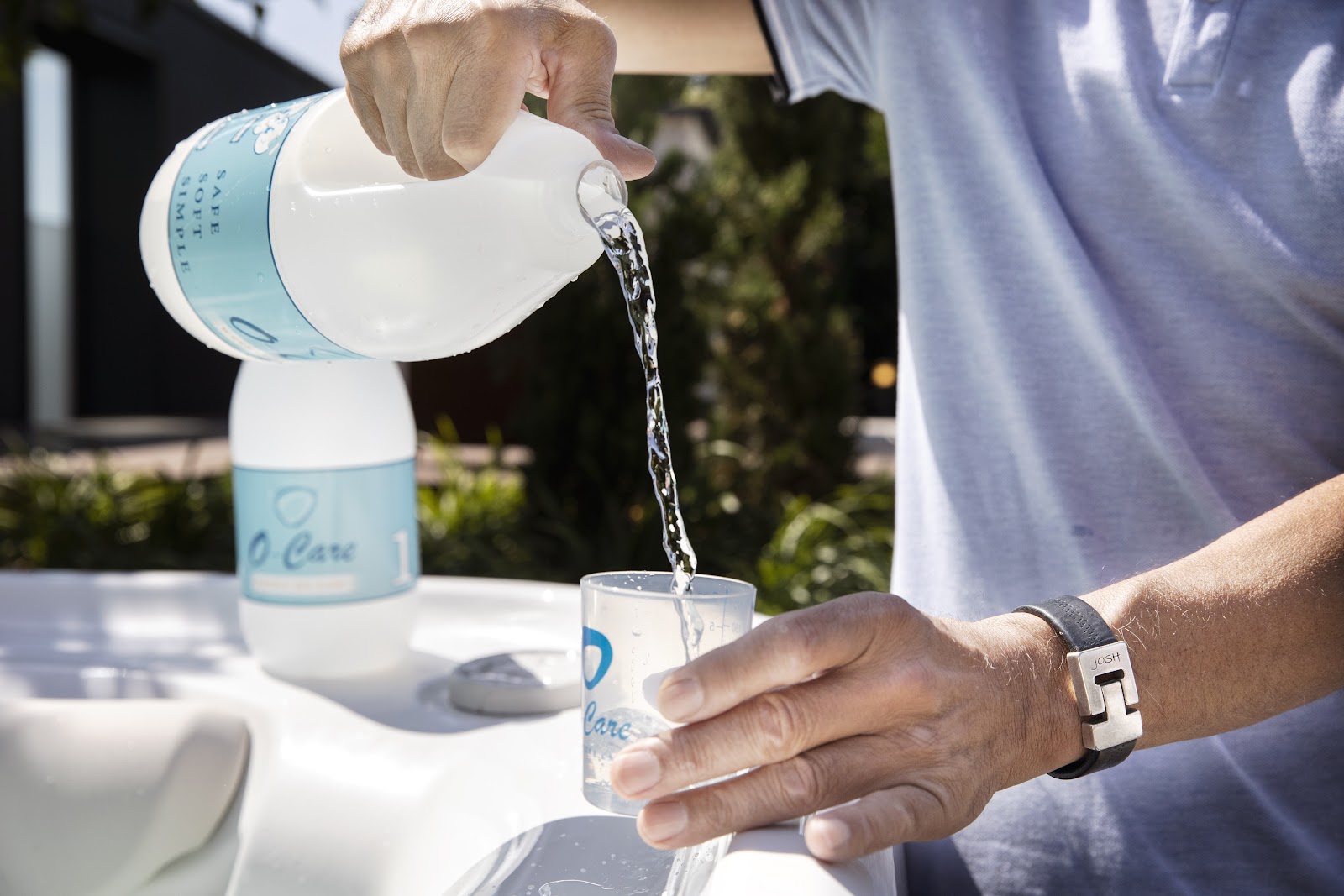

0 thoughts on “How Much Bleach In A Hot Tub”